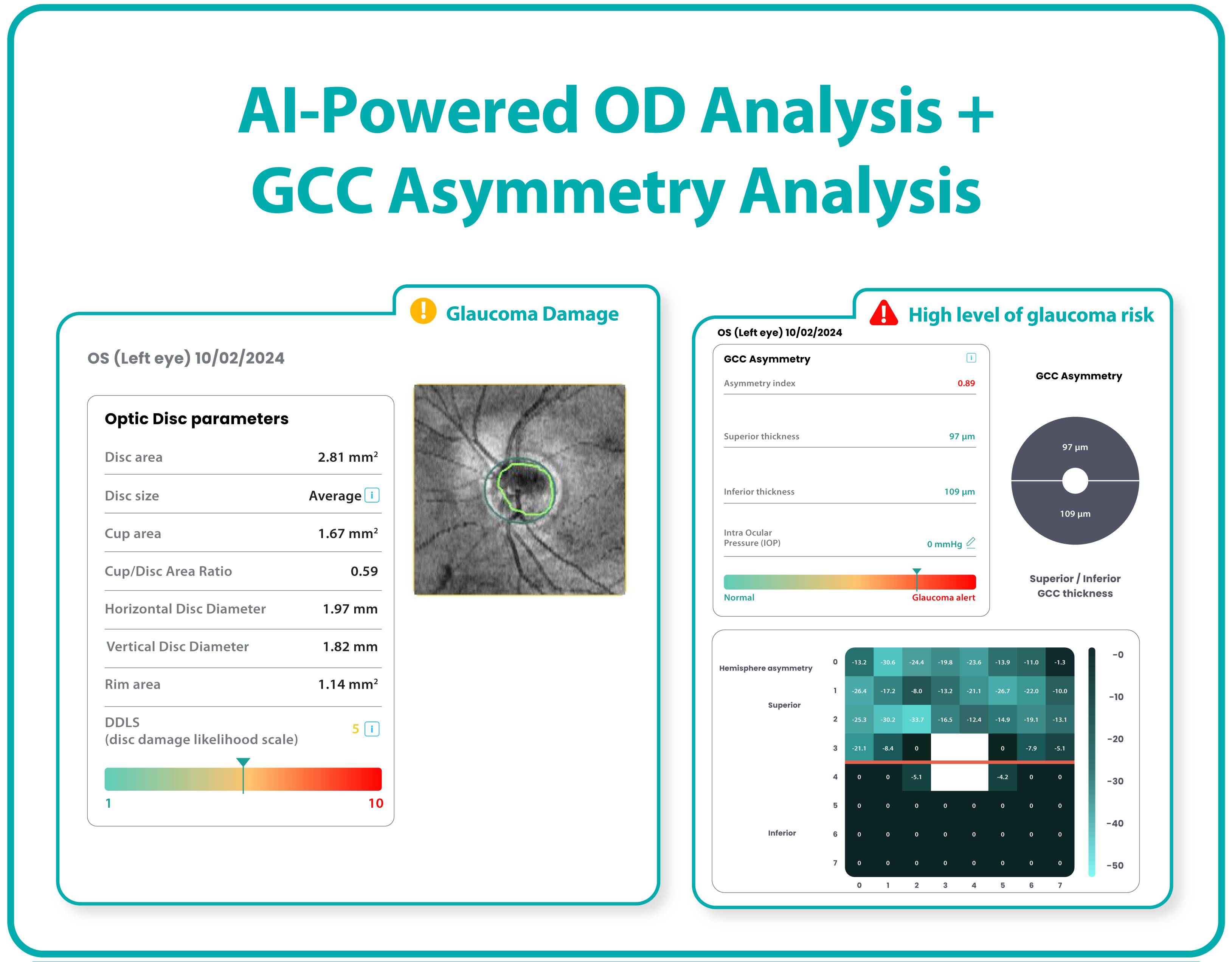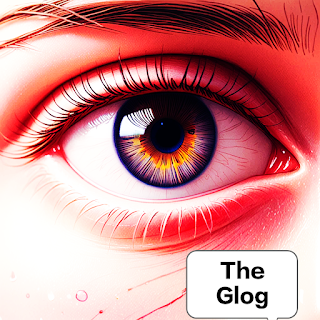Retinitis pigmentosa (RP) is a rare inherited retinal disorder, characterized by night-blindness and ultimately loss of vision due to involvement of the macula and optic nerve. The worldwide prevalence of RP is about 1 in 4000 for a total of more than 1 million patients affected.
A few studies have been done to analyse the association of RP with glaucoma, especially angle closure glaucoma (ACG). Tao et al have performed a meta-analysis to study the incidence and association between the two conditions. [1]
The meta-analysis involved 8 observational studies (n=31,501 patients; 456 events), 3 of which were of comparative design. Of this pooled population, there were 29,363 patients with RP (238 events). Across all studies, the pooled incidence of ACG with RP was 1.30% [95% CI (0.71–2.36), I2: 97%]. In the comparative analysis, patients with RP had a significantly higher risk of developing ACG [RR: 2.02, 95% CI (1.61–2.55), I2: 0%] compared with patients without RP.
Pradhan et al, studied 618 patients of RP. In their study, the prevalence of primary angle-closure suspects was 2.9%, primary angle closure was 0.65%, and primary angle-closure glaucoma (PACG) was 2.27%. In contrast, the prevalence of primary open-angle glaucoma was 1.29%. The prevalence of PACG in those older than 40 years was 3.8% (95% confidence interval: 1.6–6.0). The study found that the prevalence of PACG in RP patients over 40 years was higher than that found in the general population of a similar age (3.8% vs. 0.8%). [2]
Hung et al, used the Taiwan National Health Insurance Research Database, to compare risk and association between RP and PACG. They enrolled 6223 subjects with RP and 24892 subjects for comparison. The mean age of the cohort was 49.0 ± 18.1 years. The RP group had significantly higher percentages of diabetes mellitus, hypertension, and hyperlipidaemia. The cumulative incidence of PACG in patients with RP was 1.61%, which was significantly higher than that in the comparison group (0.81%, p < 0.0001). According to the univariate Cox regression analysis, the hazard of PACG development was significantly greater in the RP group, with an unadjusted HR of 2.09 (95% confidence interval [CI], 1.64–2.65). The increased risk persisted after adjusting for confounders (adjusted HR = 2.18; 95% CI, 1.76–2.72).
This nationwide population-based cohort study showed that people with RP are at a significantly greater risk of developing PACG than individuals without RP. [3]
These studies and meta-analysis have shown that there is a significantly higher association between RP and PACG across all age groups, but especially for those above 40 years of age. Monitoring and assessment of these higher risk individuals should be standardized in order to provide optimum care.
REFERENCES:
- Tao BK, Wong M, Shunmugam M, et al. Incidence and Association of Angle Closure Glaucoma in Retinitis Pigmentosa: A Meta-Analysis. Journal of Glaucoma 34:549-554;2025. | DOI: 10.1097/IJG.0000000000002570.
- Pradhan, Zia S; Shroff, Sujani; Bansod, Apurva; et al. Prevalence of primary angle-closure disease in retinitis pigmentosa. Indian Journal of Ophthalmology 70:2449-2451;2022. | DOI: 10.4103/ijo.IJO_3189_21.
- Hung MC, Chen YY. Association between retinitis pigmentosa and an increased risk of primary angle closure glaucoma: A population-based cohort study. PLoS One. 2022 Sep 9;17(9):e0274066. doi: 10.1371/journal.pone.0274066. PMID: 36083972; PMCID: PMC9462784.








